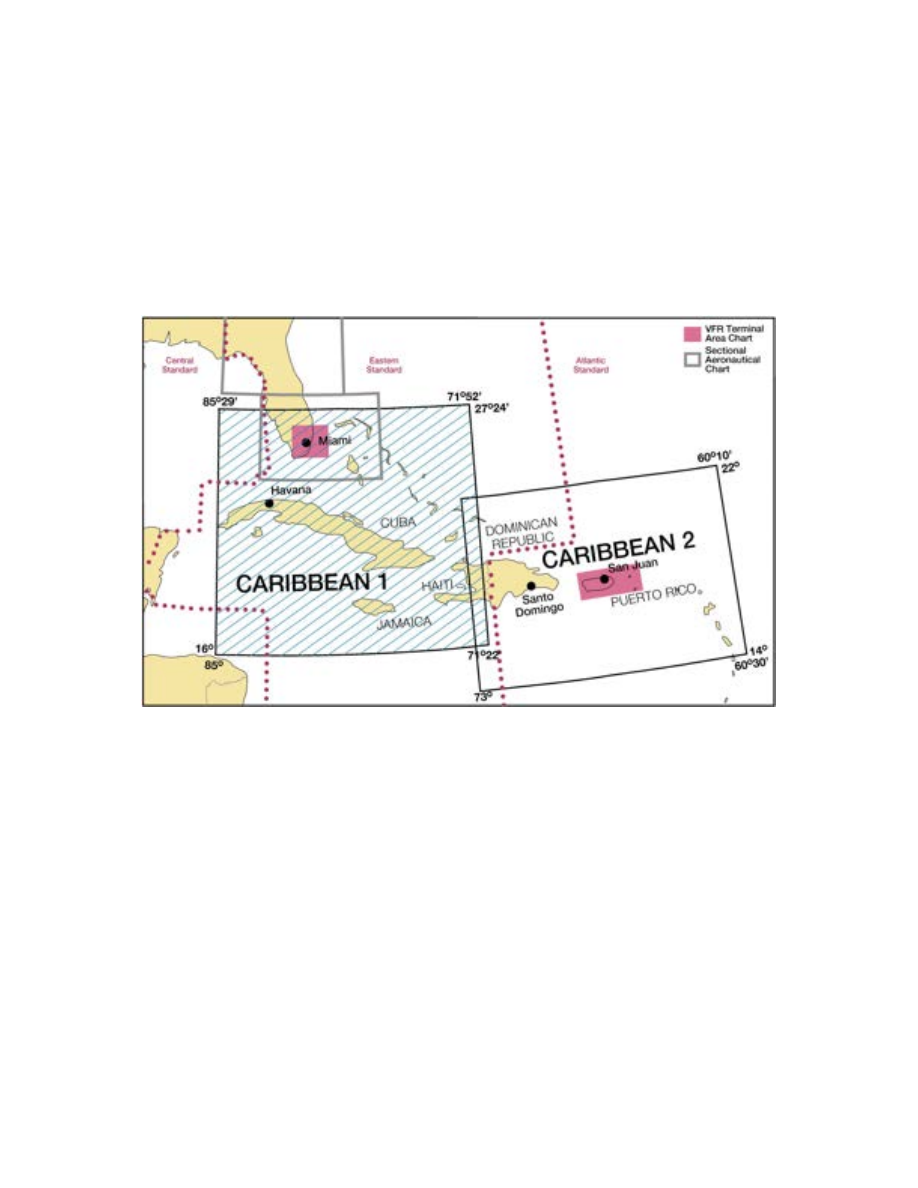
3/21/24
AIM
1.
Mountain waves occur when air is being blown over a mountain range or even the ridge of a sharp bluff
area. As the air hits the upwind side of the range, it starts to climb, thus creating what is generally a smooth updraft
which turns into a turbulent downdraft as the air passes the crest of the ridge. From this point, for many miles
downwind, there will be a series of downdrafts and updrafts. Satellite photos of the Rockies have shown
mountain waves extending as far as 700 miles downwind of the range. Along the east coast area, such photos
of the Appalachian chain have picked up the mountain wave phenomenon over a hundred miles eastward. All
it takes to form a mountain wave is wind blowing across the range at 15 knots or better at an intersection angle
of not less than 30 degrees.
2.
Pilots from flatland areas should understand a few things about mountain waves in order to stay out of
trouble. When approaching a mountain range from the upwind side (generally the west), there will usually be
a smooth updraft; therefore, it is not quite as dangerous an area as the lee of the range. From the leeward side,
it is always a good idea to add an extra thousand feet or so of altitude because downdrafts can exceed the climb
capability of the aircraft. Never expect an updraft when approaching a mountain chain from the leeward. Always
be prepared to cope with a downdraft and turbulence.
3.
When approaching a mountain ridge from the downwind side, it is recommended that the ridge be
approached at approximately a 45 degree angle to the horizontal direction of the ridge. This permits a safer retreat
from the ridge with less stress on the aircraft should severe turbulence and downdraft be experienced. If severe
turbulence is encountered, simultaneously reduce power and adjust pitch until aircraft approaches maneuvering
speed, then adjust power and trim to maintain maneuvering speed and fly away from the turbulent area.
7
−
6
−
8. Use of Runway Half
−
way Signs at Unimproved Airports
When installed, runway half
−
way signs provide the pilot with a reference point to judge takeoff acceleration trends.
Assuming that the runway length is appropriate for takeoff (considering runway condition and slope, elevation,
aircraft weight, wind, and temperature), typical takeoff acceleration should allow the airplane to reach 70 percent
of lift
−
off airspeed by the midpoint of the runway. The “rule of thumb” is that should airplane acceleration not allow
the airspeed to reach this value by the midpoint, the takeoff should be aborted, as it may not be possible to liftoff
in the remaining runway.
Several points are important when considering using this “rule of thumb”:
a.
Airspeed indicators in small airplanes are not required to be evaluated at speeds below stalling, and may not
be usable at 70 percent of liftoff airspeed.
b.
This “rule of thumb” is based on a uniform surface condition. Puddles, soft spots, areas of tall and/or wet
grass, loose gravel, etc., may impede acceleration or even cause deceleration. Even if the airplane achieves 70
percent of liftoff airspeed by the midpoint, the condition of the remainder of the runway may not allow further
acceleration. The entire length of the runway should be inspected prior to takeoff to ensure a usable surface.
c.
This “rule of thumb” applies only to runway required for actual liftoff. In the event that obstacles affect the
takeoff climb path, appropriate distance must be available after liftoff to accelerate to best angle of climb speed
and to clear the obstacles. This will, in effect, require the airplane to accelerate to a higher speed by midpoint,
particularly if the obstacles are close to the end of the runway. In addition, this technique does not take into account
the effects of upslope or tailwinds on takeoff performance. These factors will also require greater acceleration than
normal and, under some circumstances, prevent takeoff entirely.
d.
Use of this “rule of thumb” does not alleviate the pilot’s responsibility to comply with applicable Federal
Aviation Regulations, the limitations and performance data provided in the FAA approved Airplane Flight Manual
(AFM), or, in the absence of an FAA approved AFM, other data provided by the aircraft manufacturer.
In addition to their use during takeoff, runway half
−
way signs offer the pilot increased awareness of his or her
position along the runway during landing operations.
NOTE
−
No FAA standard exists for the appearance of the runway half
−
1 shows a graphical depiction of a typical
runway half
−
way sign.
Potential Flight Hazards
7
−
6
−
7